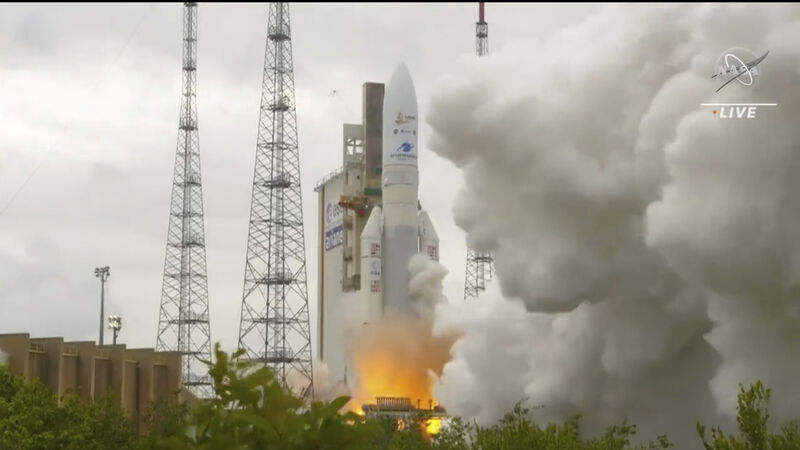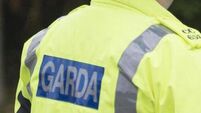First images from Webb space telescope to be released

Arianespace's Ariane 5 rocket with NASA's James Webb Space Telescope onboard, The telescope will use a technique called stellar spectroscopy to search for signs of life in the atmospheres of planets circling distant stars (exoplanets).
The space agencies of Europe and North America are to unveil the first images and data from the James Webb Space Telescope (JWST) tomorrow, in an announcement that Irish scientists hope will help to boost funding for basic scientific research in Ireland and open up new career paths for young Irish researchers.
“The atmosphere is just electric,” said Dr Patrick Kavanagh of the Dublin Institute for Advanced Studies, who has spent weeks at Mission Control near Washington DC preparing the telescope for science observations. His wife, Dr Emma Whelan of Maynooth University, who is also working on Webb data, said the early results are “far exceeding expectations”.










